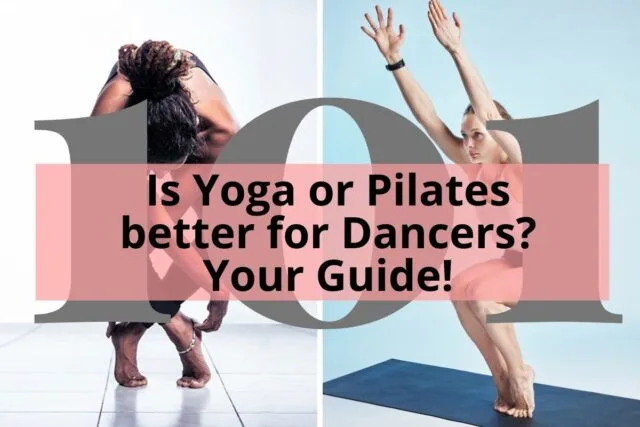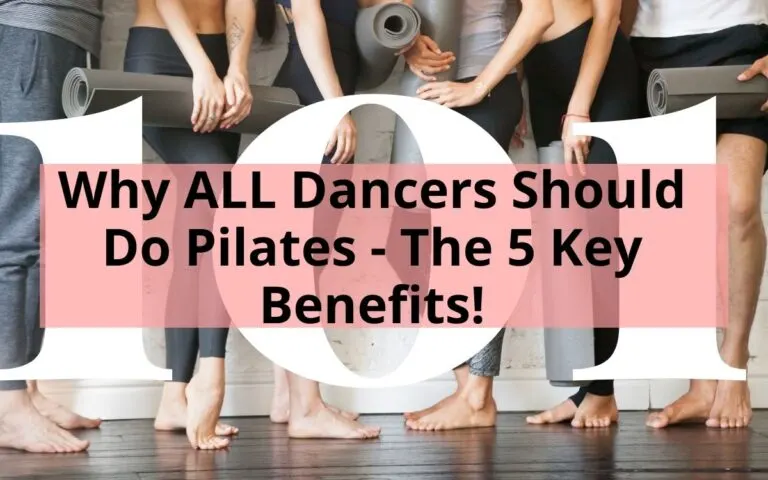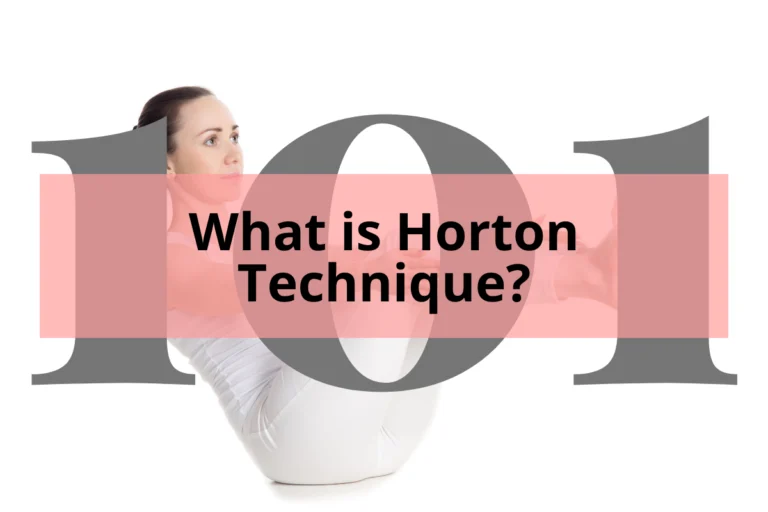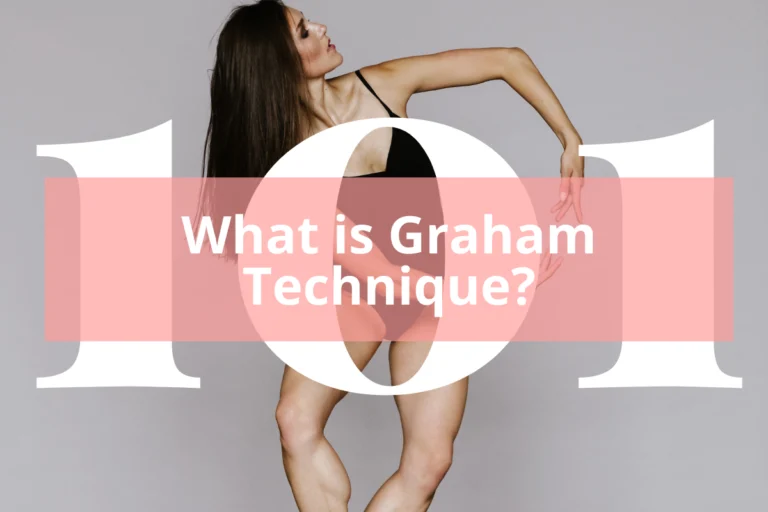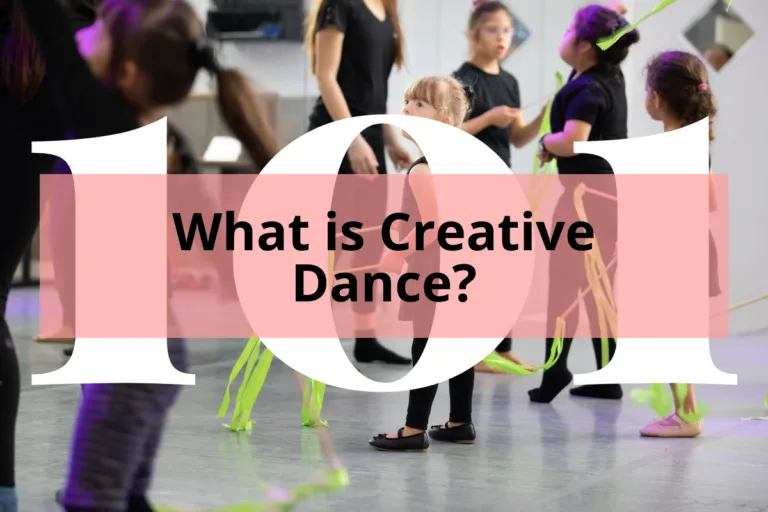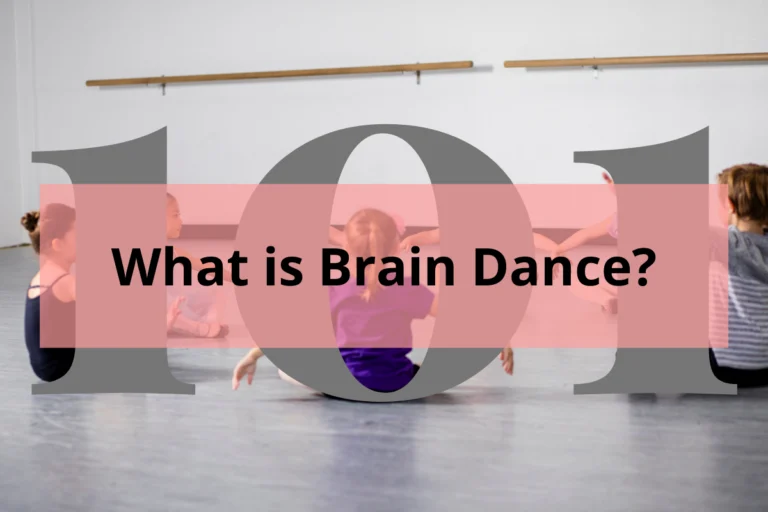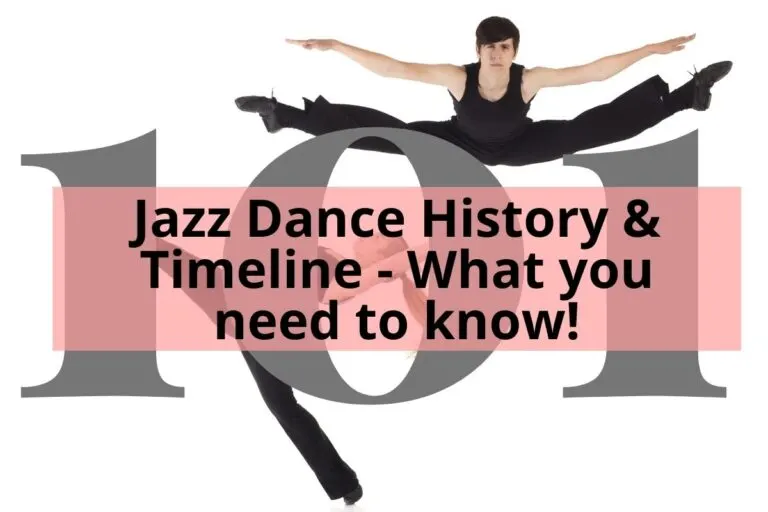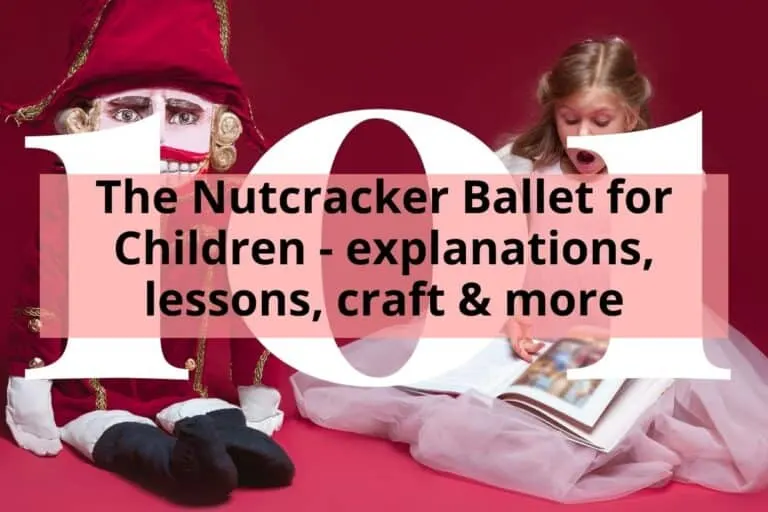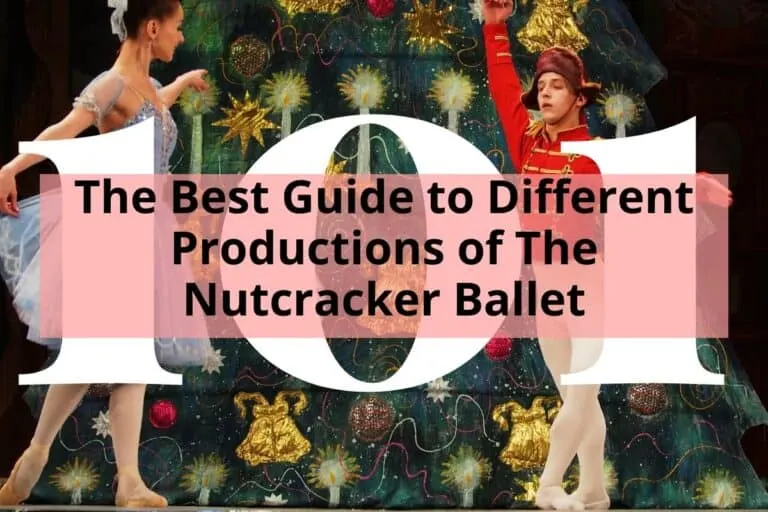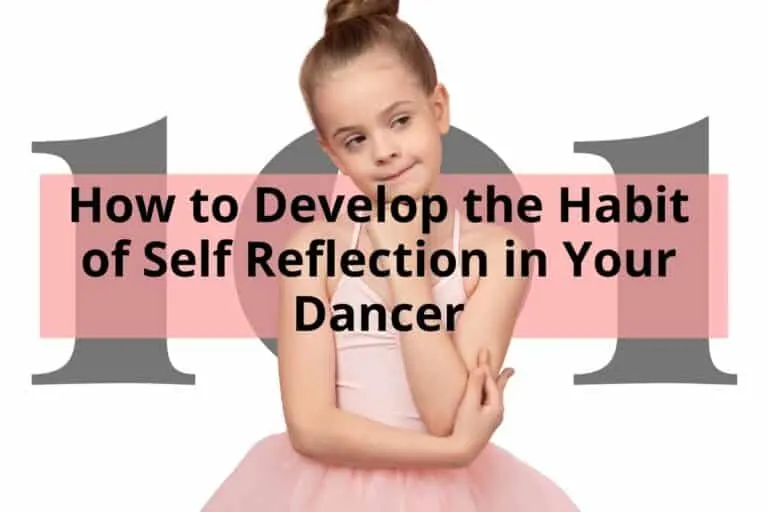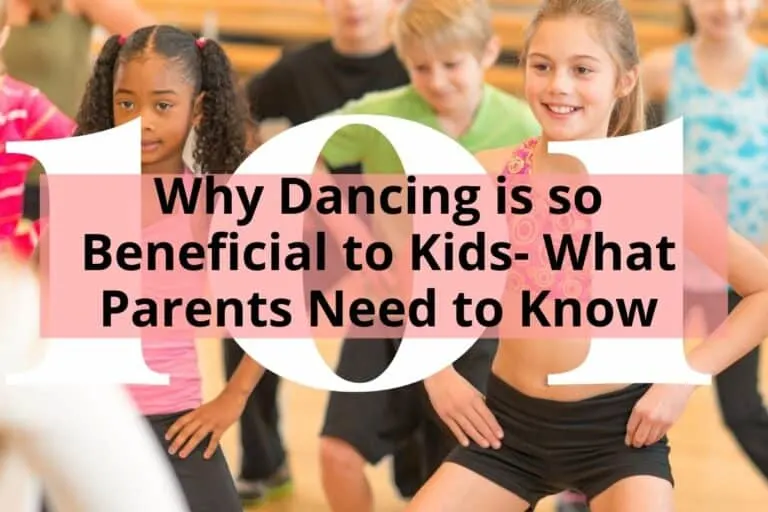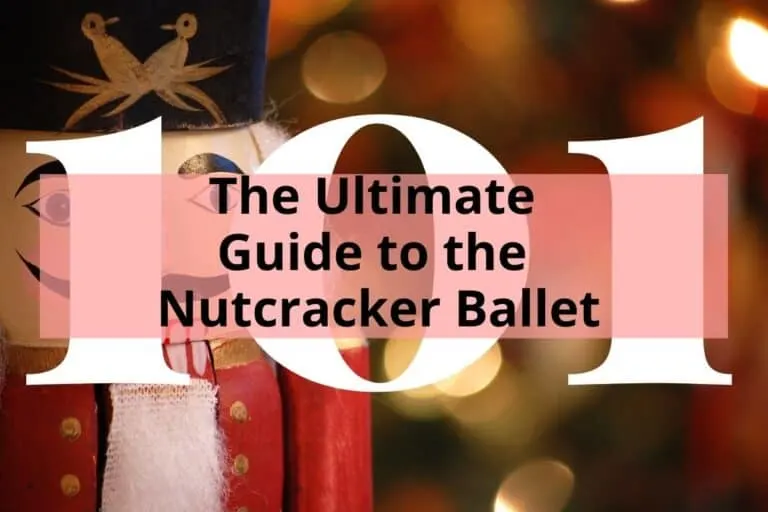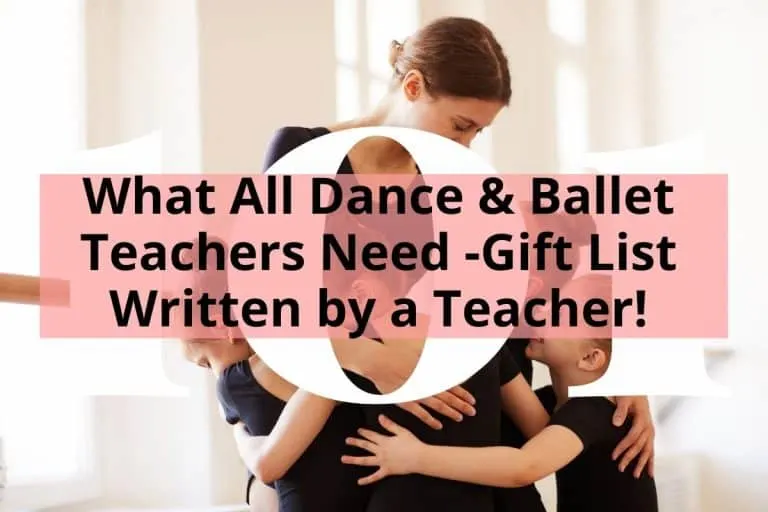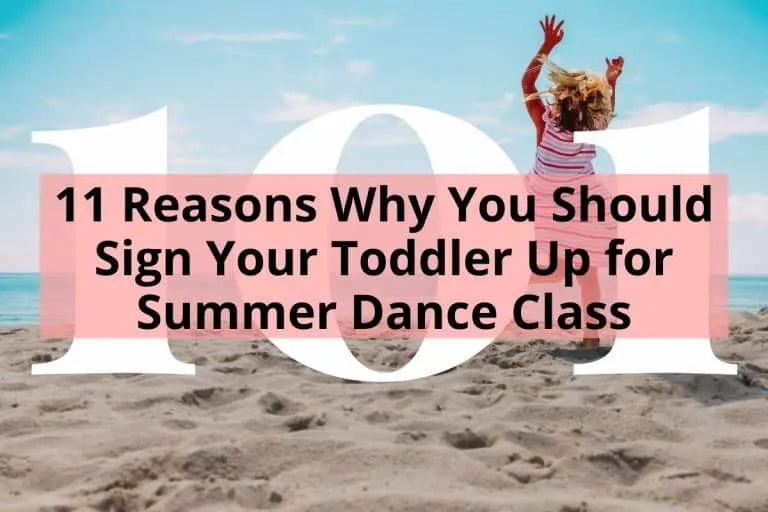
Danielle Pierce-Master, “Clare and Ryan’s Mom,” loves all things movement and dance. She has an MA in Dance Education from New York University and a BA in English from Fordham University. She also trained in Brain Compatible Dance Education practices at the Summer Dance Institute for Teachers at the Creative Dance Center in Seattle. Danielle has taught creative dance at The Spence School and Steps on Broadway, both in New York City.
Danielle performed throughout the NYC metro area as a member of the Tap Olé Dance Company and Dance Visions New York, in addition to works by Belinda Sáenz and Alfdaniels Mabingo. She presented her choreography at Donation Dance NYC, Amalgamate Dance Company Showcase and Greenspace’s Fertile Ground. As an NYU student, Danielle had the opportunity to travel to Kampala, Uganda to participate in an exchange program, where she got to learn local dances and to teach modern dance to children.
Ms. Master has presented her work at the National Dance Education Organization (NDEO) and Dance and the Child International (daCi) Conferences. Beyond her practice as a Dance Educator, Danielle is licensed to teach Zumba ® Fitness for children and adults and is certified to teach Pilates Mat and Apparatus through the Pilates Academy International.
Articles by Danielle
Pilates Exercises Parents can do to Cross-Train with their Dance Kid
By Danielle Pierce-Master, MA Dance / Edited by Samantha Bellerose, B.Ed, Dip.Dance (Performing Arts) Cross-training is important for dancers to develop strength, improve balance and flexibility, and prevent injuries. As your dancer advances in their studies, odds are they are going to want or need to do some cross-training. The Pilates Method of Body Conditioning,…
Is Yoga or Pilates better for Dancers? Your Guide!
Pilates and Yoga are both wonderful mind-body practices that help to develop strength, flexibility, and balance. For a dancer looking to cross-train, Pilates and Yoga both offer opportunities to develop their minds and bodies in ways that complement their dance training.
The 4 Main Benefits of Yoga for Dancers – Quick Read
Yoga has a number of benefits for dancers seeking to cross-train for general wellness. The way Yoga trains the mind and encourages non-judgment and a shedding of things that don’t serve us is incredibly important in the preservation of a dancer’s mental health.
Why ALL Dancers Should Do Pilates – The 5 Key Benefits!
Often playfully confused for “pie and lattes,” Pilates became a household name in the late 1990s as a trendy workout loved by Hollywood celebrities, but it had been an important practice in the ballet world and for modern dancers for decades.
What is Zumba?
Zumba Ⓡ Fitness is a Latin Dance-inspired dance cardio workout. Zumba was founded in 2001 by Beto Perez. Perez was teaching Aerobics and forgot his class music. But! He had his personal collection of Cumbia and Salsa music in the car, so he put it on and used it to teach his class.
What is Pilates?
Pilates is an excellent form of cross-training for dancers. What we currently refer to as “Pilates” refers to the system of Contrology developed by Joseph Pilates in the 1940s.
What is Horton Technique?
If you’ve ever seen Alvin Ailey’s Masterpiece Revelations, you have witnessed the Horton Technique. It is a codified modern dance technique rooted in clear lines and shapes, with an important attention paid to musical dynamics.
What is Graham Technique?
Martha Graham once said, “My dancing is not an attempt to interpret life. It is the affirmation of life through movement.” Her choreography is known for its dramatic exploration of the human psyche and interpersonal relationships, with inspiration coming from sources including her childhood in rural Pennsylvania and Greek Mythology.
What is Dunham Technique?
Katherine Dunham validated African Americans as performers and brought their cultural heritage to the concert and Broadway stage; along the way she sought to break down racial barriers off stage as well, in addition to codifying her own dance technique.
What is Creative Dance?
Creative Movement refers to a dance practice where the students are responsible for generating movement, in response to a prompt of some kind. Students explore concepts of Body, Effort, Space, Time, and Relationship while developing a personal vocabulary of locomotor and non-locomotor movements.
What is Brain Dance?
The BrainDance is not a dance style, but a “flexible framework” that was developed by Anne Green Gilbert and heavily informed by Bartenieff Fundamentals. It is a somatic exercise that can be performed in a myriad of ways.
Jazz Dance History & Timeline – What you need to know!
Jazz Dance as we know it today has always been closely linked to the music of time and tightly intertwined with the social and cultural context. There have been a myriad of modifiers added, “Latin Jazz,” “Authentic Jazz,” “Vernacular Jazz,” “Theatrical Jazz,” “Lyrical Jazz,” and a singular definition of Jazz remains elusive.
The Nutcracker Ballet for Children – explanations, lessons, craft & more
he Nutcracker, a beloved holiday tradition, is often a child’s gateway to ballet. With its magical storyline and timeless score, it is a great first ballet for children, both as audience members and as performers. Many children who were not previously enrolled in ballet or dance classes find themselves inspired to study dance after seeing performances of The Nutcracker.
Who’s Who in Ballet History: 30 People Every Dancer Should Know
Ballet’s history is full of movers (literally) and shakers (maybe not AS literally). And althought there are many more… there are a few rulers, dancers, choreographers and directors who all dancers want to make sure that they know about!
Tips on choosing the best dance classes for your dance Child!
Dance can be an activity that your child enjoys once per week for fun and exercise, or it can quickly become all-consuming. I began as a dancer in a ballet, tap, and jazz class one day per week each. By the time I was a high schooler, I was often dropped at the dance studio for a 4 pm start and didn’t go home until 8 or 9. While this was exactly what I wanted and my family was able to make it work, it is not the right choice for every family.
Fascinating History of Ballet in a Timeline – Just the Facts!!
Ballet has a fascinating history of storytelling and spectacle. With early roots in France and Italy, the artform evolved as it spread to England, Russia and the United States. Each of these countries put their own stamp on the artform as different cultural and musical influences converged on choreography and style.
The Best Guide to Different Productions of The Nutcracker Ballet
By Danielle Pierce-Master, MA Dance / Edited by Samantha Bellerose, B.Ed, Dip.Dance(Performing Arts) Thinking about Christmas in the dance world means that the season of The Nutcracker Ballet is upon us. The Nutcracker Ballet is the lifeblood of many ballet companies, with revenues from the holiday hit sustaining the company’s finances for the rest of the year. For audiences,…
How to Develop the Habit of Self Reflection in Your Dancer
The ability to self-reflect and acknowledge strengths and weaknesses is an important skill for dancers. Self-reflection is a highly transferable skill that people with dance backgrounds can apply in their other pursuits. Just like dance techniques, self-reflection takes practice and is a continuous process. Self-reflection in dance is crucial for learning. Self-reflection is the practice…
Why Dancing is Beneficial for Kids | What Parents Need to Know
Dance classes are opportunities for fun, friends, and exercise, but the benefits of studying dance go much further. Dance, as an art form, comes with the benefits of studying art as well as the benefits of participating in athletics. For parents looking for the benefits of a happy and healthy child, dance is one activity…
The Ultimate Guide to the Nutcracker Ballet
The Nutcracker is a ballet that has become a holiday tradition, with a variety of stage productions and screen adaptations. This is your map of the plot, characters, music, costumes, and history of The Nutcracker.
What all Dance & Ballet Teachers Need! Gift List Written By A Teacher!
Being a dance teacher is a demanding and rewarding job. The greatest gift is seeing a student fall in love with dance and grow in their learning. If you’re looking to show some appreciation to your child’s dance teacher or there is a dance teacher in your life, there are many ways that you can…
11 Reasons Why You Should Sign Your Toddler Up for Summer Dance Class
Your toddler loves to dance, but it is summer break and most dance studios are only offering dance camps or intensives or shorter dance programs just for the summer and so you are wondering if it is worth signing your two, three, or four year old up for summer dance classes. Well, I am here to give you all the wonderful reasons why you should be signing your toddler up for summer dance classes as well as a few of the cons you might also want to consider!


